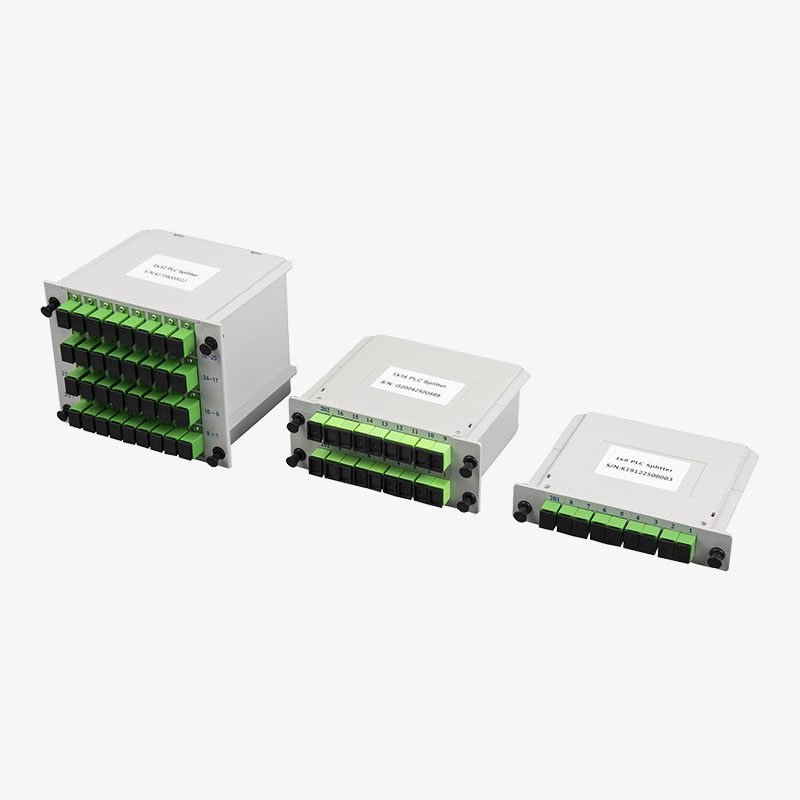Fiber optic patch panel are available in a variety of configurations. The choice depends on the type of connection you need. Duplex or simplex fiber optic links require different connector types, while next-generation 40G and 100G networking demands pluggable equipment and advanced multi-fiber connectors. You'll also need to determine whether fusion splicing will be required.
There are two types of fiber optic patch cords: single-mode and multi-mode. The former is used for long-distance transmissions. The latter is suitable for shorter distances. The two types can be distinguished by the number of strands in the patch cord. Single-mode cables have a 9-um inner diameter, while multi-mode cables have 50 or 62.5-um inner diameters.
Another type of patch panel is the cable management panel, which serves to manage cable connections and protect the cables between the terminal device and switch. This is usually installed on the front end of a fiber optic patch panel. Cable management panels can be installed on the same cabinet as the switch, but they are most often installed separately in a distribution cabinet.

A fiber optic patch panel has many advantages over standard patch panels. In addition to providing a system-level solution to connectivity needs, a fiber optic patch panel allows you to combine copper and fiber cables in a single panel. The fiber patch panel's digital coding design makes it easy to install and remove cables, while the high density allows for protection from electromagnetic interference.
Fiber optic patch panels are an enclosure that provides a simple and efficient way to patch a fiber cable to a termination enclosure, such as a rack mount fiber cabinet or rack-mount fiber shelf. The fiber patch panel is designed for ease of use, and the cables can be snapped into the front of the panel for convenient access.
A fiber patch panel is available in wall-mount and rack-mount configurations. Both types of fiber patch panels protect fiber cables and house them properly. Moreover, they also contain a panel for tying up cables. The panel must be mounted in the appropriate position and be placed on a level surface. Once the panel is placed in the correct location, you should connect it to a gland.
A fiber optic patch panel can accommodate many connector panels, patch cords, and associated trunk cables. Its cable management features make it easy for network technicians to connect cable fibers and test patch panels. The cable management features of a fiber optic patch panel also make troubleshooting work easier. It helps keep cables neat and easy to identify.